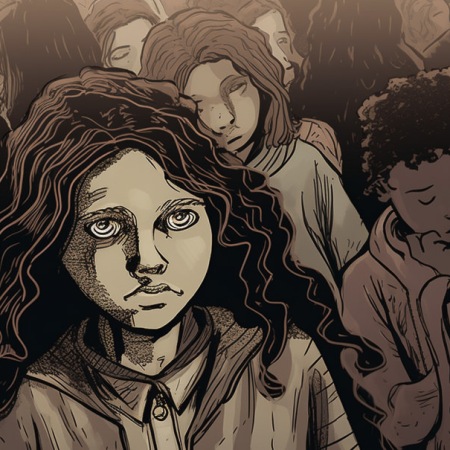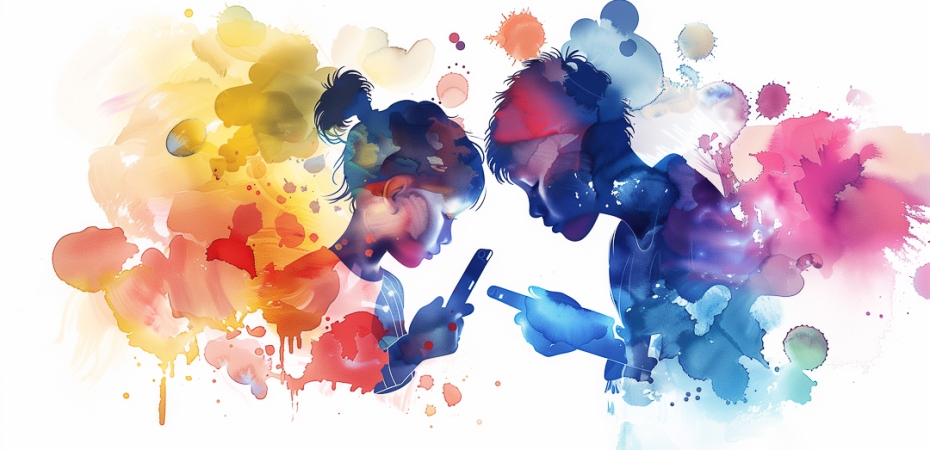


Beyond the Screen: The Impact of Social Media Algorithms on Child Safety
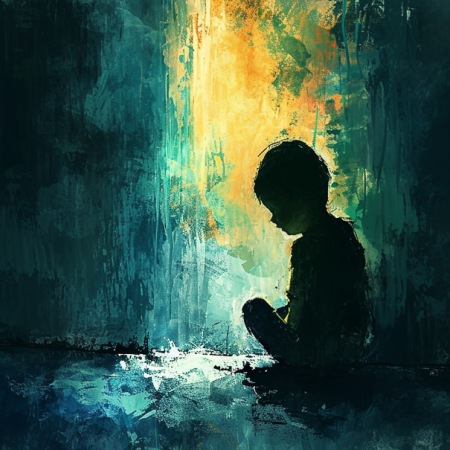
California’s New SB 14 Law Intensifies The Fight Against Human Trafficking
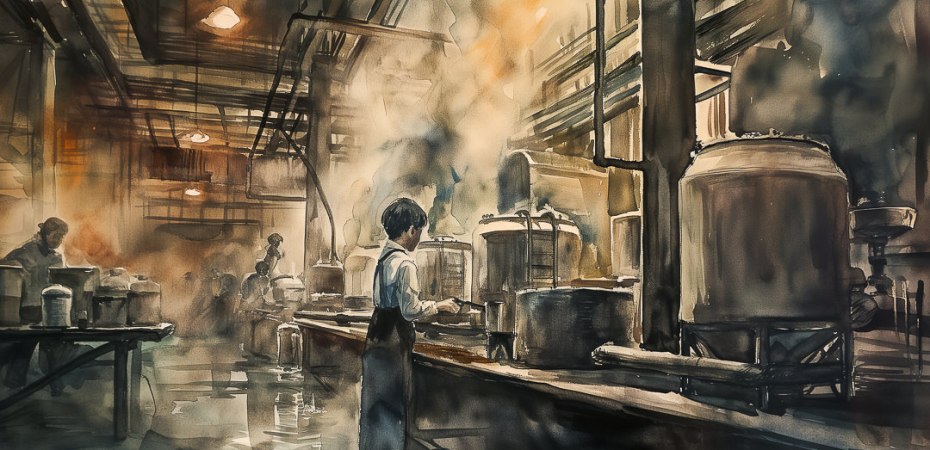
Illegal Child Labor Is On The Rise In The United States
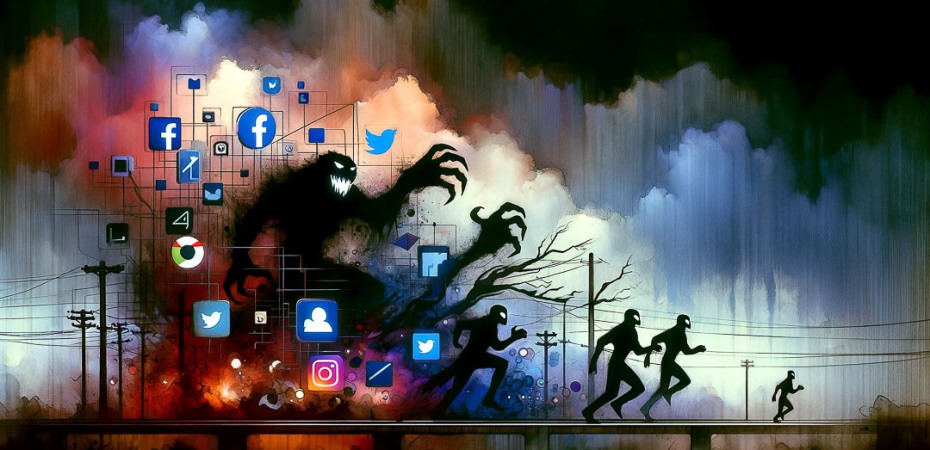
Analyzing the Meta Platform Lawsuit Allegations: A Hunting Ground for Predators?

The Fight Against Child Slavery in the Chocolate Industry: A Look at Tony’s Chocolonely

California Takes a Stand: New Laws to Combat Child Sex Abuse Content on Social Media
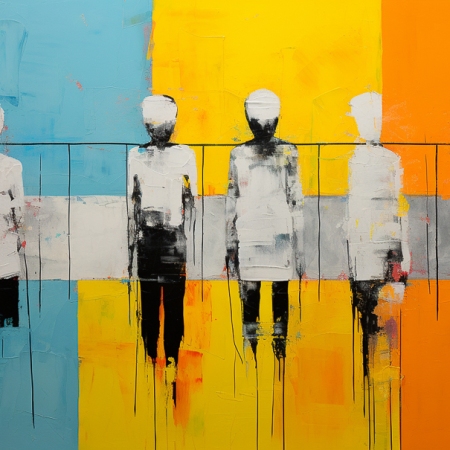
Arkansas’ Child Labor Bill: Putting Kids at Risk

Meta’s Platforms and Their Role in Human Trafficking
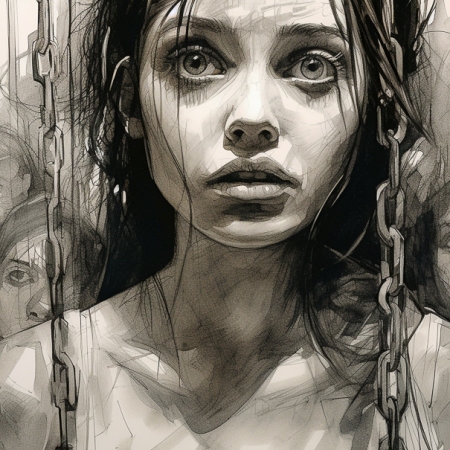
California Child Trafficking Bill Stalls in State Assembly

The USA Is Now Home To More Than 1 Million Human Trafficking Victims

A Pioneering Initiative: The SAFE Action Project Against Human Trafficking
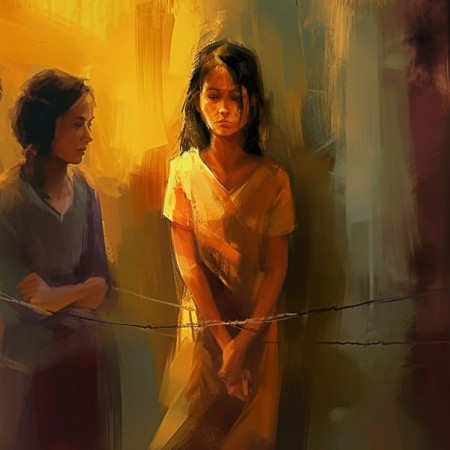
Social Media’s Dark Underbelly: The Role of Facebook and Instagram in Child Sex Trafficking

Lured By The Promise Of Jobs
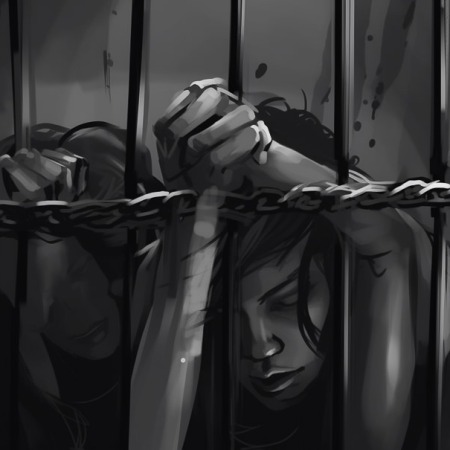
Frequently Asked Questions About Human Trafficking
